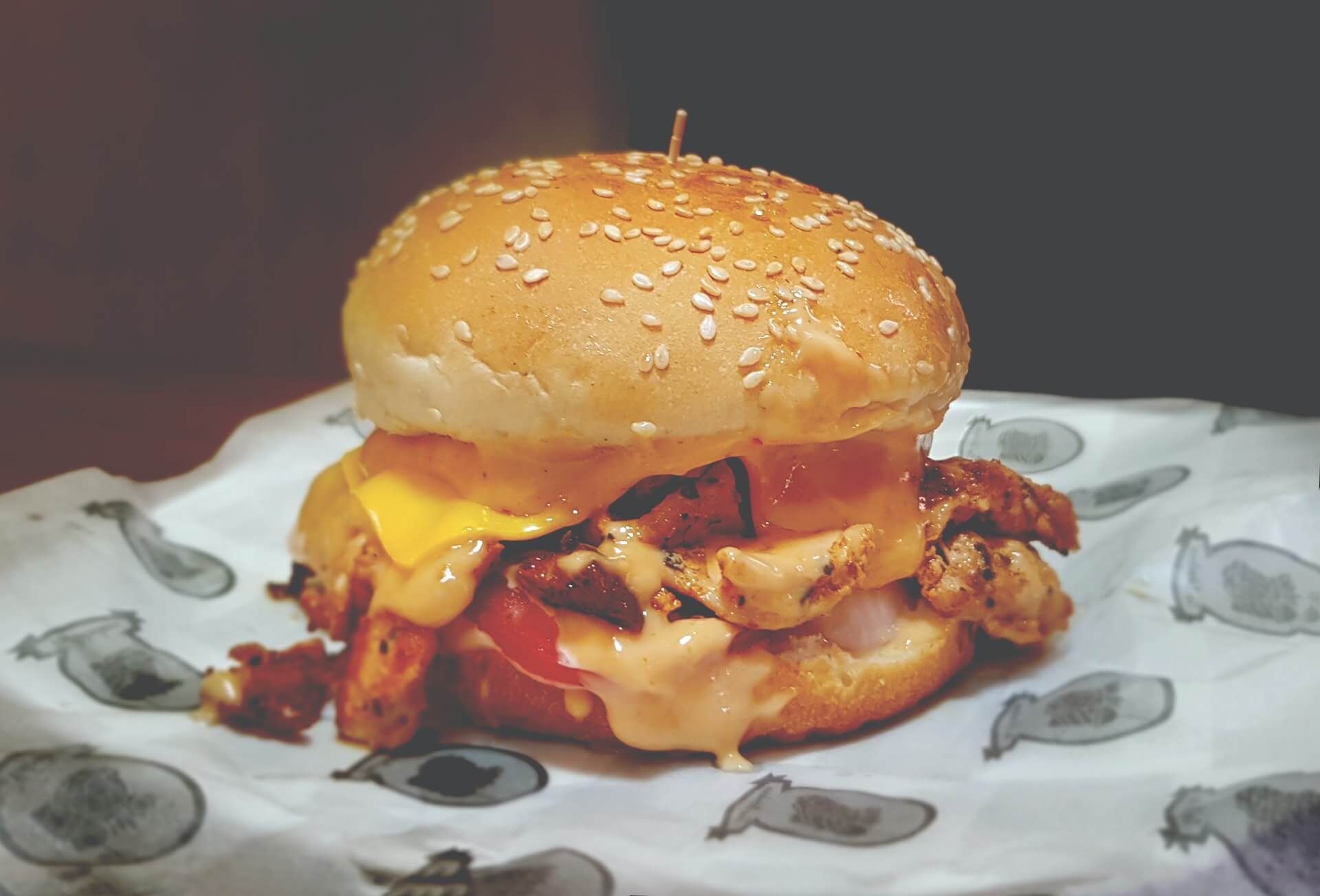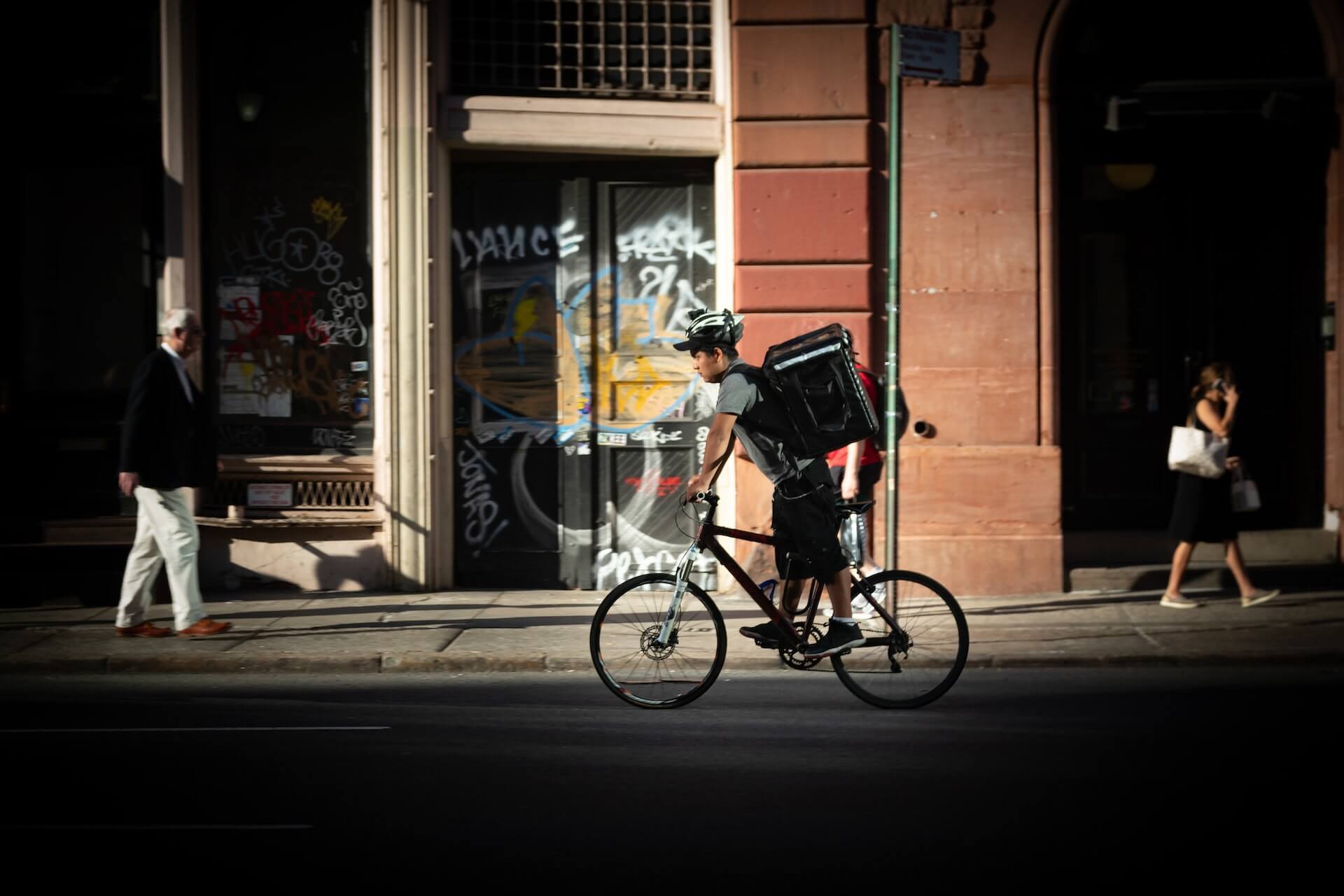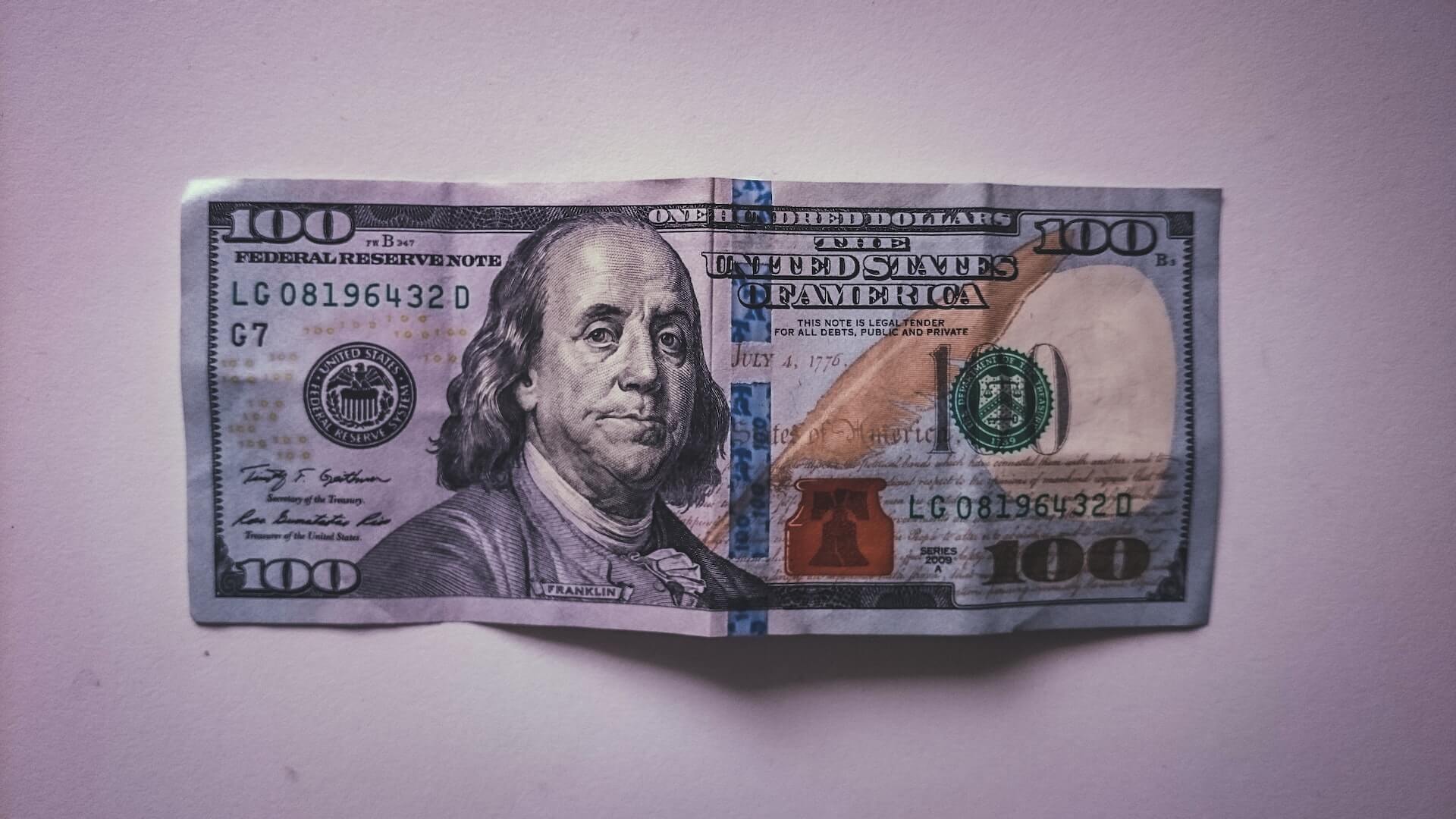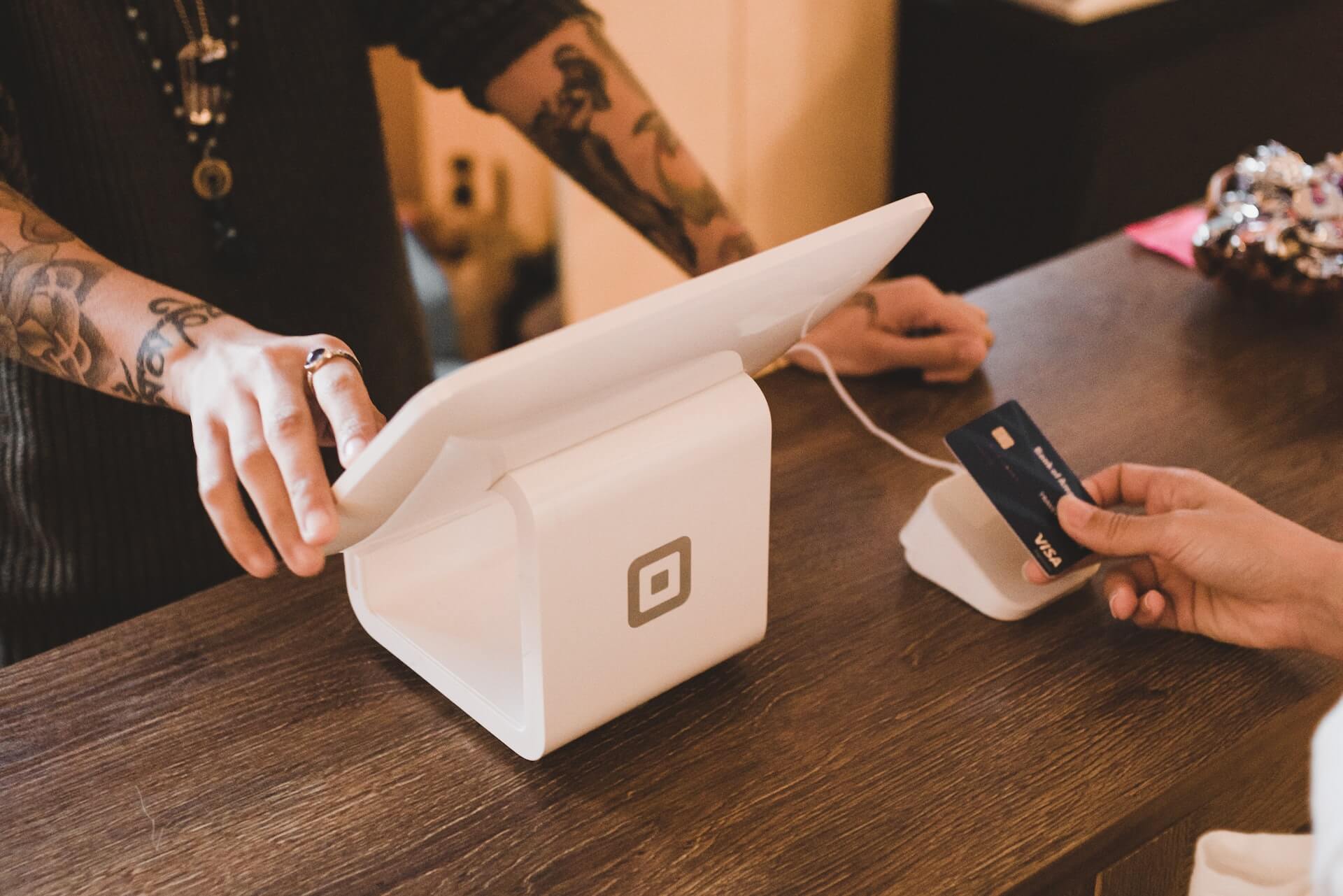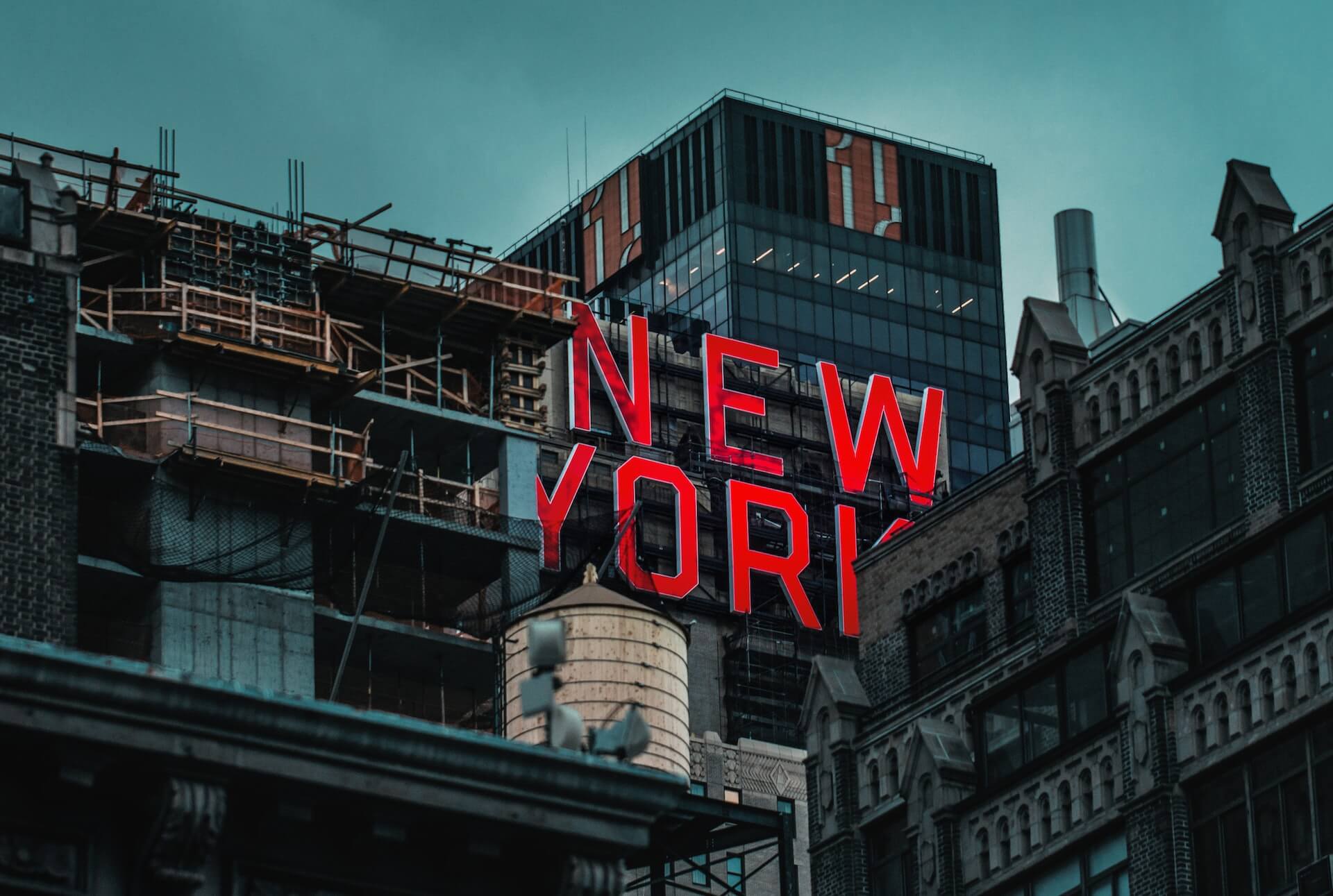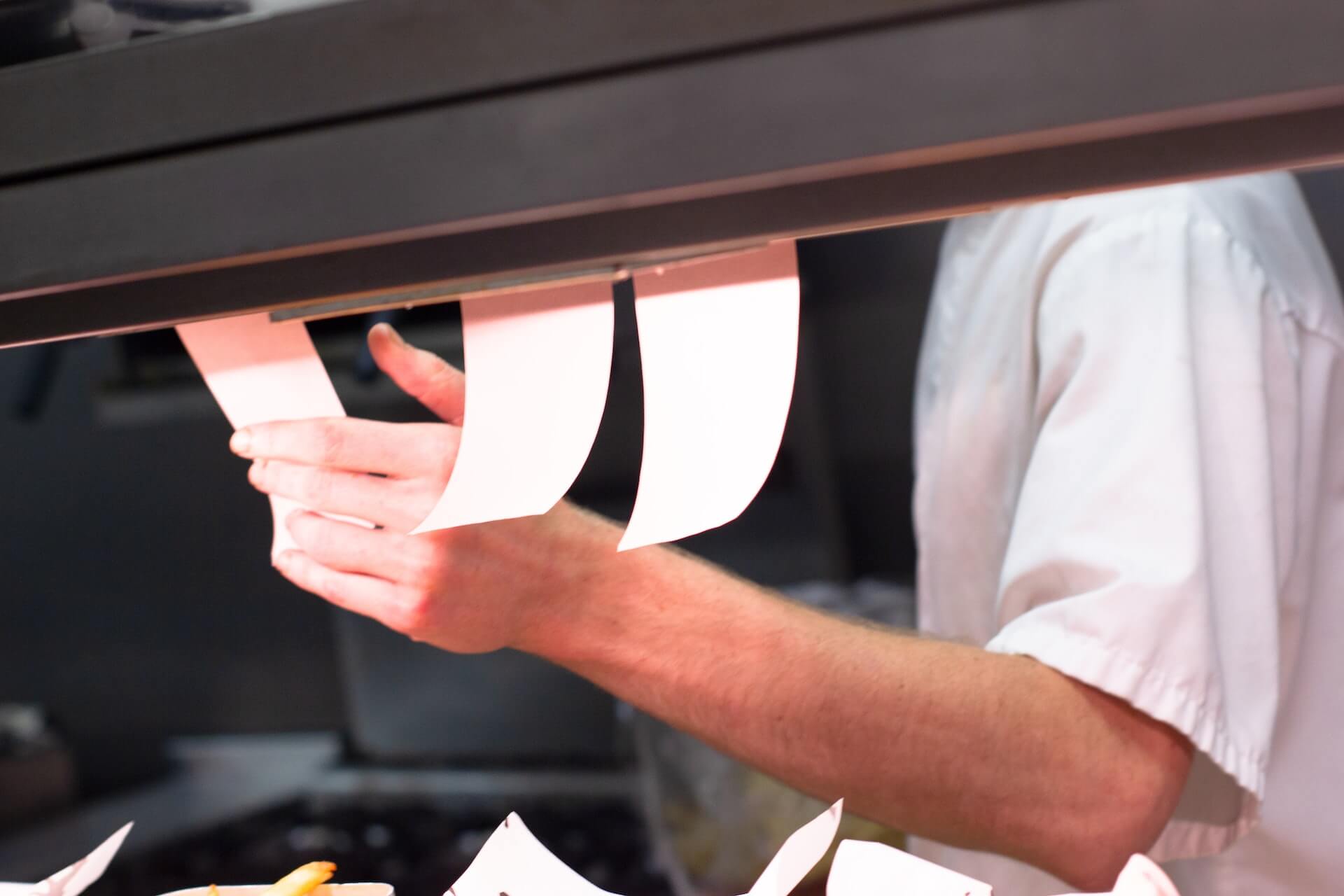SevenRooms and Competitive Social Ventures form Partnership
by David Klemt

Guest experience and retention platform SevenRooms will kick off 2023 with a partnership with Competitive Social Ventures.
This new partnership is yet another example of SevenRooms’ continuous growth. For technology in general and our industry in particular, this is excellent news.
Consider how long it has taken, up until recently, for hospitality to embrace tech innovations. Navigating tech solutions can be daunting. Equally intimidating can be the cost of implementing new tech in a restaurant, bar, or hotel.
Watching a tech platform continue to innovate and grow, therefore, is good news for operators and their teams.
SevenRooms traces their founding to 2011. In comparison, many “solutions” never escape the vaporware stage, existing only on paper. With more than a decade of operation under its belt, SevenRooms is established and positioned for longevity.
In other words, the platform is worthy of operator consideration and investment. We make no secret of our preference for SevenRooms at KRG Hospitality. Unless they prove we should think otherwise, the platform is our favorite tech-based guest retention solution.
Beyond functionality, ease of use, and effectiveness, the company’s continuous growth motivates our support. Look at how SevenRooms grew in 2021 alone:
- SevenRooms partners with ThinkFoodGroup;
- Olo enters into partnership with SevenRooms;
- SevenRooms and TheFork enter partnership; and
- Pamela Martinez joins SevenRooms as chief financial officer.
The platform also started 2022 with the hiring of a chief revenue officer, Brent-Stig Kraus.
Social Entertainment
With its headquarters in Alpharetta, Georgia, Competitive Social Ventures blends sports, socializing, and entertainment.
In fact, the company refers to the brands it has brought to market as “competitive socializing entertainment concepts.”
Last year, CSV brought Fairway Social Alpharetta and Roaring Social Alpharetta to market. The former focuses on sports simulators. Roaring Social, on the other hand, delivers a speakeasy experience combined with bowling.
Arriving in 2023, the real estate holding company plans to launch Pickle & Social concepts throughout the Metro Atlanta. As the name suggests, the concept features indoor and outdoor pickleball courts. Guests will also have access to table tennis. And like Fairway Social and Roaring Social, Pickle & Social will feature live music and an elevated F&B experience.
CSV already makes use of SevenRooms’ reservation and guest data management tools. Going into 2023, this partnership will evolve into review aggregation, marketing automation, and table waitlist management. The latter makes it easier for any concept to handle walk-ins as painlessly as possible.
Most importantly, the partnership with SevenRooms empowers CSV to pursue their growth plans. While the growth of SevenRooms is impressive and confidence-inspiring, their commitment to client growth is the real story here.
When choosing their tech stack, operators need to know the relationship is mutually beneficial. In fact, they need to be confident that each platform is here for long-term success.
In fact, operators should look at every relationship through this lens: Is every partner working to help you grow?
Image: Ben Hershey on Unsplash


